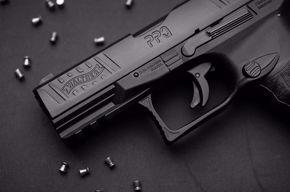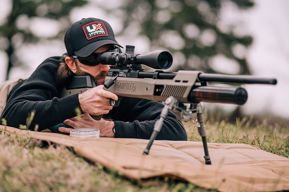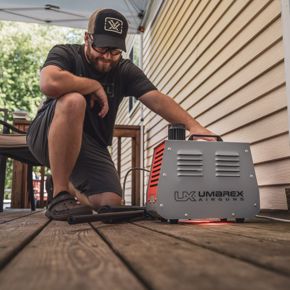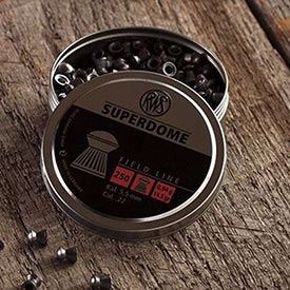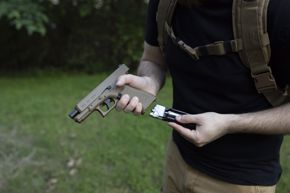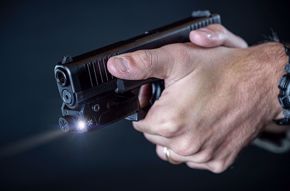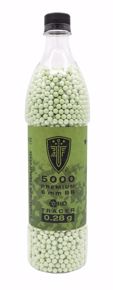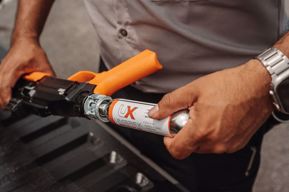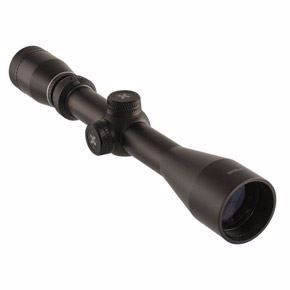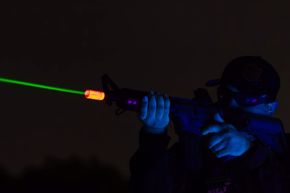The Walther PPK is a gun that requires little introduction. If you’re here, reading this review of the Umarex PPK/S, I’d bet dollars to doughnuts that you know the PPK. We’ll get to the BB gun version shortly, but first let’s take a look at the complex history of the Walther PPK/S.
The original PPK was meant to be a small, compact pistol for German law enforcement. It was a cut-down version of the original Polizei Pistole. The letters PPK stand for Polizei Pistole Kriminal, which translates into Detective’s Police Pistol. The grip was small and the gun was built to be easy to carry. That small size made it popular for those looking for a concealed carry pistol, too.
After World War II, and even before, there were PPs and PPKs coming into the U.S. They were exceptionally well built, and expensive (unless they were trophies of war brought back by G.I.s). They were here, and being imported, but were hardly common.
Then something literary happened. James Bond novels, and then the movies, made these guns household names. The demand soared. What could have meant big business for Walther was about to encounter a legal hitch.
The Gun Control Act of 1968 established a point system for imported firearms. The law was designed, so they say, to keep out guns commonly used by criminals and gangs, and instead relied on a “sporting purposes” test to determine eligibility for importation.
Guns in large calibers earned points. Guns that were long enough, and tall enough, and wide enough earned points. To make a really complex and convoluted chapter of firearms history absurdly simple, I will simply note that the Walter PPK in .32 got the shaft.
The sporting test treated length and height as a combined measurement that had to come up with at least 10”. A gun had to have an overall length of at least 6”. It also had to be at least 4” tall (and that didn’t include any magazine protrusions).
The PP was fine. It was chambered for a larger round, and the barrel and slide were longer, and the frame was taller. It met the 10” test, easily. The PPK, though, came in at 9.5”.
So Walther began looking for a solution to the import question. Orders for the PPK had stacked up. Americans were forking over deposits, but not getting guns. In order to get an import-friendly version, changes had to be made.
The solution isn’t as hard as politicians may have wanted. Walther modified the PP frame to fit the PPK slide. As this was taller (and chambered in .380), it passed the points test. Thus the PPK/S (or Polizei Pistole Kriminal Spezial) was born.
That’s hardly the end of the story. The PPK/S is a fine gun with a dedicated following. Fans love the longer grip and extra round it affords. Once Walther began contract assembly of the PPK in the states, the PPK in its original configuration became available, too.
But we’re here to talk about a BB gun, so let’s get back to the matter at hand.
The PPK/S from Umarex was a groundbreaking BB gun. It is a legend in its own right and worthy of inclusion in Umarex’s Legends line. The PPK/S was the first BB pistol Umarex made, and the first, too, that featured a blowback slide that replicates the function of the centerfire originals.
Why did they go for the PPK/S and not a PPK? That may have more to do with the design requirements surrounding a 12-ounce CO2 capsule. The grip on this gun holds the magazine, which is a thin stick, but it houses the CO2 separately. The PPK/S grip length accommodates this nicely.
Many of the other features of the original are replicated in this version. The exterior is almost identical. The one notable difference would be the use of a frame-mounted safety. The slide-mounted safety you see in these images is there for cosmetic purposes only. More on that in a moment….
So how does it shoot?
At 15 feet, this gun is on point. The smooth bore barrel is 3.5” long. As distances increase, the accuracy begins to suffer. This isn’t a problem unique to this design, though. I shot at distances out to 40 yards where I could make repeated hits on a target the size of a pizza box.
It isn’t the fastest BB gun, and it isn’t designed to be. Umarex advertises 295 feet per second, and my results confirmed that. Shoot at longer distances, in sunlight, and you can see the BBs in flight. These speeds are great for plinking, though, which is where this gun shines.
The action of the slide, which reciprocates, is a fantastic feature. While it isn’t as intense as the muzzle flip of a .32 or .380, it will give you the physical sensation of shooting.
The slide locks back when it is empty. Magazines eject easily, and the single action trigger is predictable. All of these things make the gun a useful training tool.
There are three things about this gun that I’d like to see updated.
The first is the safety. The faux slide safety is a tease. I would never, and I mean never, own a centerfire or rimfire gun that had a fake safety. As this is a BB gun, I can cut it some slack. And the actual safety functions perfectly well. I still reach for the slide safety every time. Then I remember that the safety is on the right side of the frame.
The second consideration is even more opinionated. I’d like to see three dot sights on this gun. The flat black sights work, but it could (and I think should) keep pace with the changes Walther makes to the PPK/S, and as this is a gun that ideal for training purposes, 3 dot sights would help.
The third might be harder to engineer. Many of the other Umarex air guns have the CO2 capsule in the magazine, and not in the grip. The small stick magazines require great dexterity. Or maybe I’m getting old. I do have an easier time loading BBs into the larger magazines, and an easier time loading larger magazines into guns.
All three of these, though, require major retooling for Umarex’s production line. The improvements are common on Umarex guns, though, that built them into the whole design process.
To wrap this up, I’ll share one more angle. I’ve got a 10-year-old who loves BB guns. We were camping this summer, and I took a box of pistols for him to shoot. There were 10 BB and pellet guns, and the PPK/S was one of them. He gravitated to it. This was, by far, his favorite.
And that says something. While I’m looking at this gun from an ultra-critical lens, he is still at the age where he wants to have fun. The frame-mounted safety never bothered him in the least. His nimble fingers manipulated the magazines with stunning alacrity.
After an hour or with the PPK/S, he was on his own. While I worked on other reviews, he poked holes in Coke cans, learned his way around the CO2 loading process, and even figured out the hard way about ricochets.
Skill building and good clean fun. When it was too dark to shoot, we began the history lesson.
David Higginbotham is a writer and educator who lives in Arkansas. After years of writing and consulting in the firearms industry, he's coming back to his roots with air guns.

